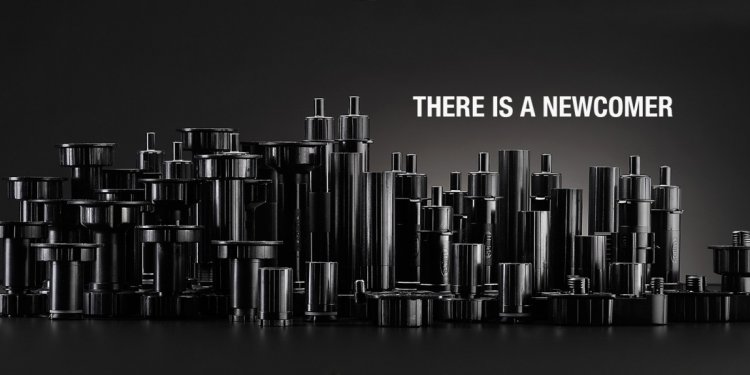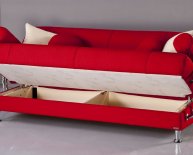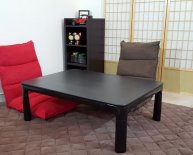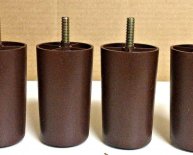
Plastic Furniture legs
In the realm of floor care, a lot of attention is placed on protecting floors against outside contaminants and making sure everyone in the home is aware of good floor-friendly habits. Sometimes, furniture and chair legs can get overlooked as potential sources of floor damage. Unprotected furniture and chair legs can still grind grit and debris into your floor’s finish. Greater concern for scratches and gouges comes from heavier pieces of furniture. For another added layer of hardwood floor protection, chairs and furniture legs need to be made more floor-friendly.
Furniture Protection Types
A popular form of chair leg protection is the chair glide or furniture pad. Quite simply, these are pads made of different types of material that are put on the bottoms of your chair legs. There are different types of chair glides, each offering different levels of cost and protection.
Tap-on/nail-on pads. These types of pads are very secure since they are attached to the furniture leg with either a small nail or screw. Tap-on pads use different materials to make contact with your floor, depending on your floor type. Care should be used with tap-on pads because if they are not properly installed, the nail or screw may be exposed to harm your floor.
Self-adhesive pads. These are peel and stick pads that can be found almost everywhere. They are typically made of felt or rubber and are the least expensive. However, the adhesive on these pads won’t last as long as tap-on or slip-on pads.
Slip-on pads. These pads are made to fit over a chair leg and are often made of rubber or soft plastic. These won’t have a problem of falling off like a self-adhesive pad or have the potential to scratch your floor like a broken tap-on pad.
Floor Type Matters
While most chair glides and furniture pads are sold as universal pads for all floor types, some consideration is needed for the floor type you have. Common materials to make chair glides and furniture pads are felt, rubber, cork, plastic and metal. Be especially careful with chair glides since they are made to help furniture move on the floor. Choosing the wrong material with chair glides can lead to floor damage.
Carpet. A harder material like steel or plastic work best.
Hard Floors (hardwood, ceramic tile). Felt and rubber work best. If using rubber, be weary of potential scuff marks. Make sure the felt is thick enough for even heavy furniture.
Soft floors (vinyl, rubber). Felt, rubber and plastic work best.
Furniture Traffic Considerations
Just like foot traffic, how often your furniture moves will play a part in choosing the right type of furniture pad or chair glide. For heavy pieces of furniture that won’t be moved at all, you have a wider range of furniture pads to choose from. Thick pieces of felt or rubber work well with heavy furniture.
In dining rooms or kitchens, you will have high furniture traffic, so choosing a felt pad can be a good option. Plastic pads or glides will wear down over time, so be sure to check the life of your chair glides periodically. Depending on your kitchen floor, rubber might need to be avoided for scuff marks.
In family rooms with couches and sofas, consider how hard the furniture will be treated. Will kids jump on the couch, or will you plop down in your favorite chair after a long day of work? These types of actions will cause small movements, so choose your furniture pad wisely. A rubber pad can do well in this scenario since it will help to restrict furniture movement.
DIY Options
While chair glides and furniture pads can be purchased at your local home improvement store, other options are available if you want to minimize cost and make your own. Here are some DIY solutions that can help if you have these materials lying around. For all of these options, a hot glue gun is a great way to make sure that these materials won’t slip or fall off your furniture.
Old Carpet. Old scraps of carpet can be cut and placed on furniture legs. Make sure these pads are installed with the carpet-side touching the floor.
Felt Pads. While felt furniture pads can be store-bought, any thick felt will do nicely. Cut the felt into the appropriate size and glue on.
Velcro. If you have industrial grade Velcro, use the soft side of the Velcro (looped side) as an effective furniture pad.
Towels. Old towels can be cut into pads, making sure they are of appropriate thickness.
Tennis Balls. Tennis balls that are slightly cut open can make good DIY slip-on pads if you don’t mind how they look on your floors.
Leather. Leather is another soft, durable material that can be made into a good furniture pad.
Regardless of which type of pad you buy or make, make sure that your furniture is level on the floor. If it’s not, it can scratch the finish or make gouges on your floors. Also, be sure to maintain a good cleaning routine to make sure your floors are clean and dirt-free. No matter how durable your furniture pads are, they won’t protect properly if your floors are dirty.

















